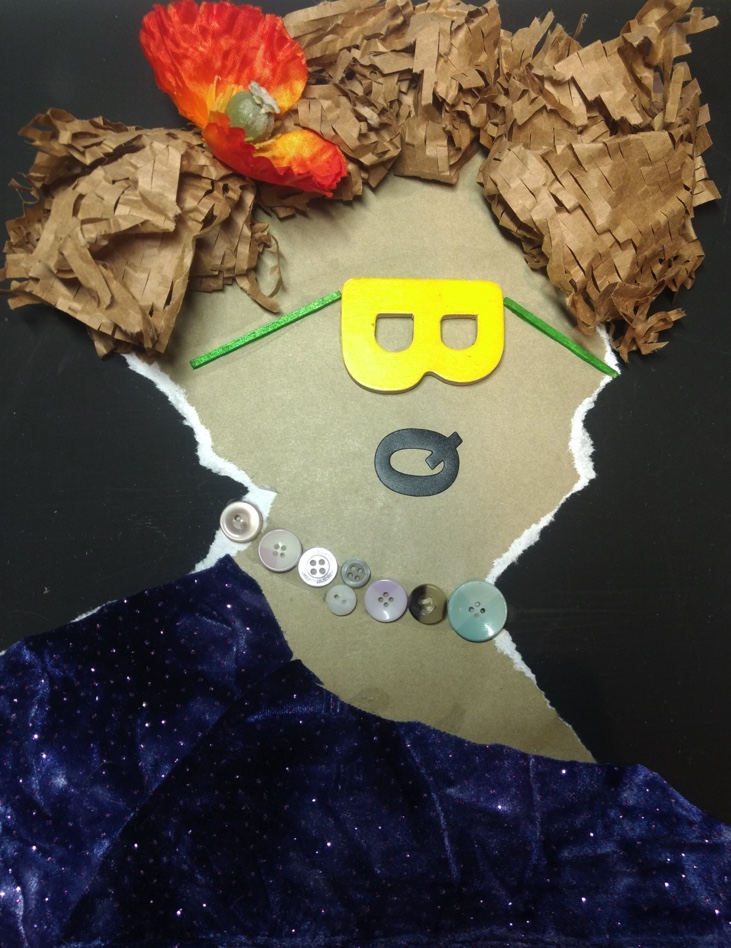What Does Group Art Therapy for Children Look Like?
A special guest post from Dawn Olson at Ledger House

At Ledger House, the session is an hour long and usually begins with a book. Reading a specially chosen story together helps calm the children and bring them together, setting the stage for working successfully as a group. Next, the art activity is introduced and demonstrated. Knowing what to expect and how to do what is being asked reduces anxiety for anyone. For children with emotional, behavioural, and sometimes learning problems, this clarity is all the more needed.
Intentionally varied art activities address the wide range of the children’s interests and needs. For children who have suffered trauma, for example, highly tactile art has been shown to help resolve symptoms. The group therefore may make plaster bandage sculptures that require repetitive smoothing of plaster of Paris. For children struggling with anger, activities like creating a monster, or sawing cardboard (with a safe tool), give them a means to express and discharge feelings that might otherwise be acted out destructively.
Following the art activity, the children are invited (if they wish) to ‘show and tell’ about their art. The therapist might suggest the child title it. A title may provide a window into the child’s emotional situation and needs. For example, one child drew a picture of himself, alone, in an ‘other world’ with a giant mass of dark, chaotic matter next to him. It seemed to suggest that he felt under threat with little means to protect himself. This child would probably not have spoken these fears, and he may not even have been fully conscious of them. But painting his fears on paper likely brought some relief through expression of what had previously been internally pushed down.
To reinforce the accomplishments of the children and the joy of being together, the group ends with a group cheer ‘Hip, hip hooray, we did good work today!’ (thank you Lucille Proulx for this suggestion). Of course, woven through the ‘events’ of the art therapy session are the interpersonal interactions between the children, the youth workers who accompany them, and the art therapist. Affirming and encouraging words and actions bring healing too.
Part 2: Art Therapy and Assessment of the Child will be released on December 13.